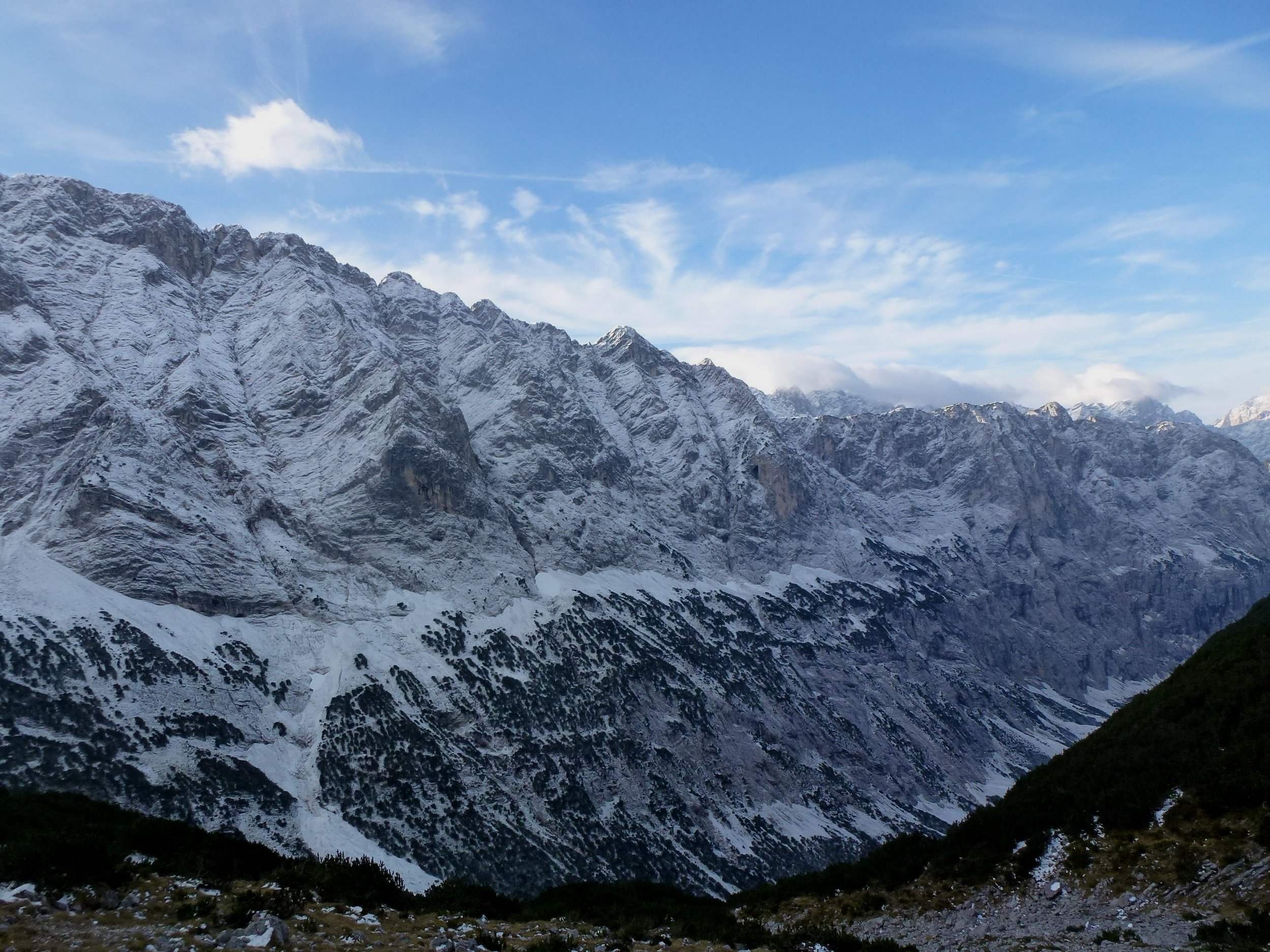DEFINITION:
Venatory activity carried out in a biotope defined as mountainous by the physical geography, practiced with traditional ethical parameters on free, autochthonous and wild game species.
GRADES:
The CM degrees determine the hunting value that our fellows- hip gives to mountain hunting, according to 6 variables: Altitude (chemical), Level (physical), Difficulty (socioeconomic environ- ment), Prestige (exclusivity, distance, difficulty, price), Abundance (population), Quality (objective) of the trophy. With a maximum score of 29o CM
MOUNTAIN SPECIES:
Belonging to the Caprinae Subfamily and the Cervidae Family. It should be noted that for the top hunter the most important
thing is the orography, being the secondary species.
Motto of the CULMINUM MAGISTER FELLOWSHIP:
Silence, solitude and effort
MOUNTAIN GAME SPECIES
The Culminum Magister conditions to consider hunting pieces are:
1º.- Indigenous: Guarantees rusticity and adaptation to the envi- ronment and defence. Only considered for its geographical and biological uniqueness, New Zealand (tar and chamois) for the lack of indigenous native ungulates and reintroduced Mouflon in Europe and Barbary sheep in Spain and Texas (US)
2º.- Free: Here there are no nuances, the Cofrade culminum does not contemplate the artifice in its landscape. Any permeable or non-permeable fence, perimeter or partial, conditions the behaviour of the animal and therefore does not consider the wire as a hunting variable. The Culminum fellow hunts in the open.
3º.- Wild: That is, natural, the game is born, lives, grows and reproduces in the country, without human intervention. With this proposal, CM OPPOSES the captive breeding of any mountain species for hunting purposes, and does not consider prepared game as a sport alternative.
The mountain game owes all its prestige to its wild nature, which is why the hunter culminum does not consider those animals that are the result of genetic manipulation, not even the ferals, let alone the domestic ones, to be hunting targets.
ETHICS:
The hunting of mountain game is done with traditional ethical criteria and within the current legality of the place where the hunting takes place. CM presumes that the information presented to it is of good repute and reserves the right to expel the fellow or to cancel their candidacy in the event of a discrepancy.
CM is not a spectator club, it pretends to be a Fellowship of people who hunted, hunt and will hunt well in the mountains.


